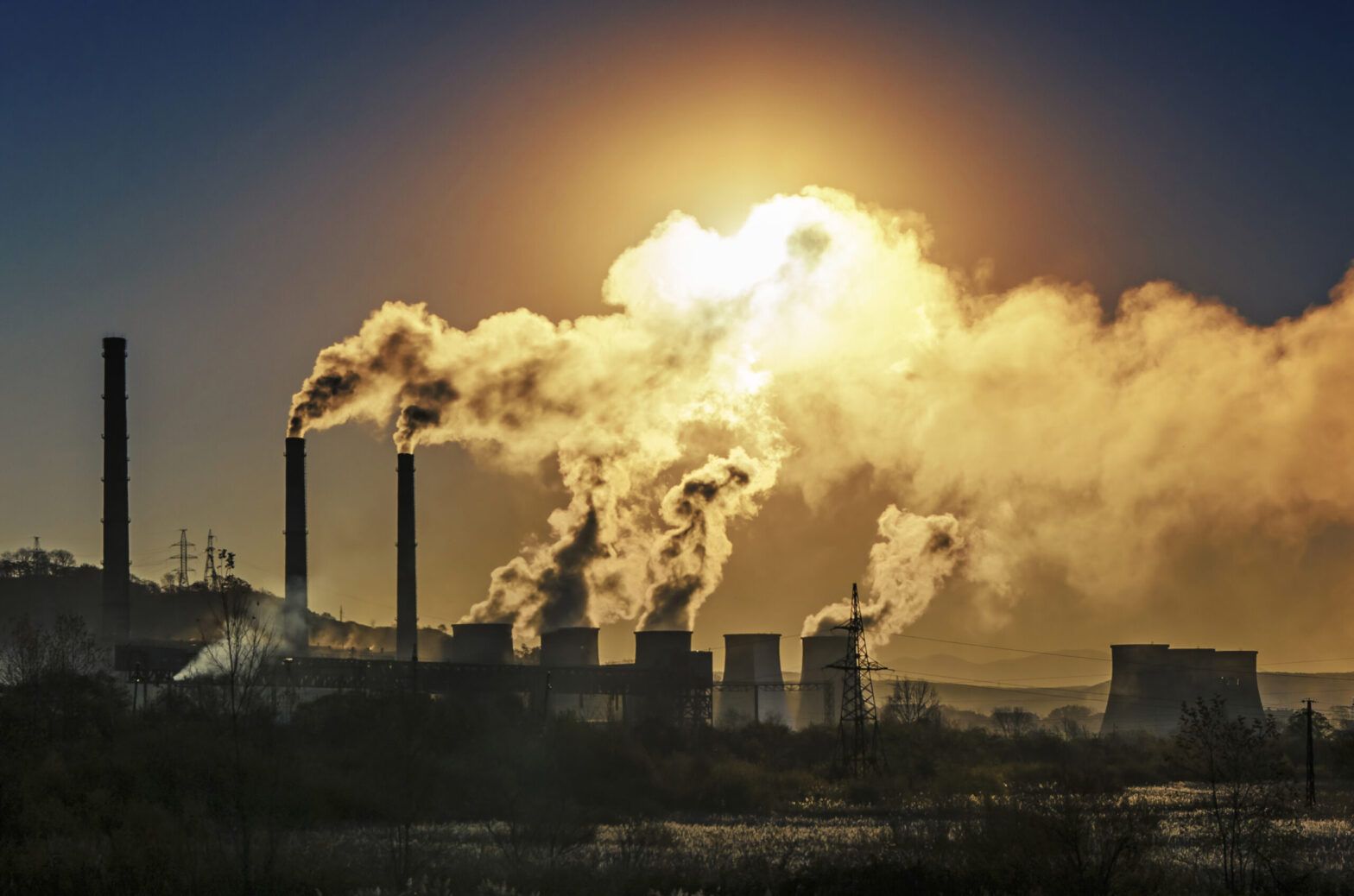The advent of ETS will bring direct carbon costs to high emission sectors in China and create the world’s largest carbon market, the AIGCC and Schroders said in a report.
“The launch of the national emissions trading scheme could be one of the most significant drivers of carbon abatement in Asia and with the right settings will be instrumental in delivering China’s goals of peak emissions before 2030 and carbon neutrality by 2060,” said Wong Dan Chi, AIGCC vice chair and Schroders head of ESG Integration, in a statement.
“Investors need to understand the growing and future impact of the national China ETS on a range of carbon-intensive industries and companies as part of their ongoing management of climate risk across their portfolios,” he added.
On 1 February 2021, the national carbon ETS was launched by China’s Ministry of Ecology and Environment (MEE) on 1 February 2021, and trading began on 16 July 2021 under the management of the Shanghai Environment and Energy Exchange.
China has opted for an intensity-based target to cut emissions per unit of GDP. Plants that meet the benchmarks will initially receive all the free allowances they need to cover their emissions. Plants that do not reach the benchmark will receive fewer allowances than they need and will have to reduce their emissions or buy additional allowances to cover their emissions. There are plans to gradually move towards auctioning of all allocations as the scheme develops.
This system rewards companies for producing less emissions per unit of output alleviating concerns about constraining economic growth although this means that emissions could in theory still rise.
The initial impact is expected to be limited given low targets, but a more material impact is expected by the middle of this decade as China focuses on peaking emissions in that timeframe, the report said.
The AIGCC/Schroders scenario analysis finds that the implementation of the ETS has the potential to reduce China’s carbon emissions by 2060 by 6 billion tonnes per year in the high case (60% of 2020 emissions) and by 3 billion tonnes per year in the low case (30% of 2020 emissions).
Over time, the trading scheme could drive significant changes to revenue and net profit, with companies producing chemicals derived from coal, utilities and the cement industry to be most affected, followed by the steel and aluminium industries.
At present, the ETS regulates more than 2,200 companies from the power sector (including combined heat and power, as well as captive power plants of other sectors), which emit more than 26,000 tonnes of CO2 per year. In total, the national ETS is estimated to cover more than four billion tonnes of CO2, accounting for around 40% of national carbon emissions.
The system’s scope is to be further expanded in the future to cover seven other sectors, including petrochemicals, chemicals, building materials, steel, nonferrous metals, paper and domestic aviation. There is no specific timeline for this expansion yet.
“Carbon pricing is generally supported by investors as an efficient way to mitigate emissions and help price climate risk in the economy,” said AIGCC chief executive officer, Rebecca Mikula-Wright.
“It is important that there is clear market information about the design and operation of any carbon pricing mechanism such as auctions, permit allocations and caps,”








